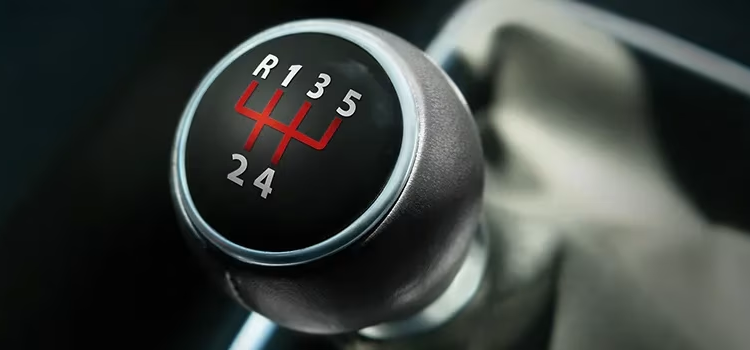For your vehicle to operate efficiently, key components such as the engine, wheels, and brakes must work harmoniously. While most drivers are familiar with the conventional braking systems—discs, pads, and handbrakes—there’s another vital method to control your vehicle’s speed: engine braking. Understanding and utilizing engine braking can enhance your driving experience by improving safety and fuel efficiency, particularly in diverse driving conditions across South Africa.
What is Engine Braking?
Engine braking is a technique that involves decelerating your vehicle by downshifting gears and releasing the accelerator pedal. This method leverages the engine’s natural resistance to slow down the car, reducing reliance on the brake pedal. Here’s a closer look at how it works:
- Downshifting: When you shift to a lower gear and release the accelerator, the engine’s revolutions per minute (RPM) increase, creating resistance.
- Piston Movement: The pistons inside the engine continue to move up and down, but without fuel injection, they create a vacuum that slows the vehicle down.
- Reduction in Speed: This mechanical resistance effectively reduces the vehicle’s speed without engaging the brake pads.
Benefits of Engine Braking
Engine braking offers several advantages that make it an essential skill for drivers:
- Fuel Efficiency: By relying on the engine to decelerate, you reduce fuel consumption. This is because modern engines cut off the fuel supply when the throttle is closed, unlike when you use the brake pedal, which keeps the engine idling.
- Brake Wear: It helps extend the lifespan of your brake pads and discs by reducing their usage, saving on maintenance costs.
- Control on Descents: In hilly or mountainous regions, such as those found in parts of South Africa, engine braking provides better control on steep descents. It prevents the brakes from overheating and maintains a consistent speed.
Practical Applications in South Africa
Engine braking is particularly useful in various driving scenarios commonly encountered in South Africa:
- Mountainous and Hilly Areas: When driving through regions like the Drakensberg Mountains, engine braking can help maintain control on steep slopes, ensuring safety and stability.
- Urban Traffic: In city driving, especially during rush hours in places like Johannesburg or Cape Town, engine braking can contribute to smoother deceleration, reducing stop-and-go wear on your brakes.
- Long Distance Travel: For extended drives across the Karoo or along the Garden Route, engine braking can enhance fuel efficiency and minimize brake wear, making your journey more economical.
Tips for Effective Engine Braking
To maximize the benefits of engine braking, consider these tips:
- Downshift Gradually: Shift down one gear at a time to avoid jolts and maintain control.
- Anticipate Traffic Flow: Look ahead and plan your deceleration to smoothly integrate engine braking with regular braking when necessary.
- Understand Your Vehicle: Diesel engines generally provide stronger engine braking due to higher compression ratios, while hybrid and electric cars often utilize regenerative braking systems to achieve similar effects.
Conclusion
Engine braking is an invaluable technique for South African drivers, offering enhanced safety, fuel efficiency, and reduced brake wear. By mastering this method, you can navigate the country’s diverse landscapes more effectively and economically. Whether you’re tackling urban traffic or descending mountain roads, engine braking is a skill that can significantly improve your driving experience.





